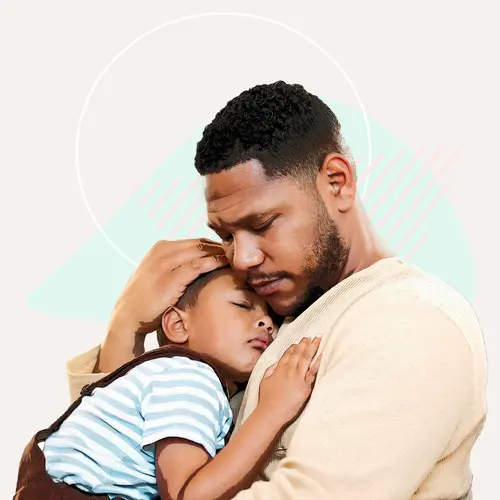Nighttime sleep is important, of course, but daytime naps can matter just as much. They’re key for making sure kids get the hours of rest they need every day. Plus, they work wonders for kids’ physical health and mood. That’s good for them AND you.
Know your napping basics to keep your kids well-rested and ready for the day.
Why Napping Matters
As kids grow and develop, naps give their bodies and minds time to rest and recharge during those big changes. Plus, if children get overtired, it’s actually harder for them to fall asleep easily at nighttime. There are other benefits, too:
Naps help kids learn. One study of preschool children found that napping helped them do better at playing a memory game. The ones who got the greatest benefits from the nap were those who made a habit of snoozing every day.
Naps help kids stay fit. Research shows that kids who don’t get enough sleep -- or who get irregular sleep -- tend to have higher rates of obesity. Part of the reason may be tied to how they eat when they’re tired. Some studies have found that kids tend to eat more when they don’t sleep enough. They also tend to choose foods that aren’t very healthy. Plus, when kids are tired, they won’t have as much energy to be active and get enough exercise, another key part of having a healthy weight.
More sleep, better mood. It’s not news to parents that napless days can be full of tantrums and tears. And science backs that up: One study found that 2-year-olds who skipped their naps were less joyful, more anxious, and had a worse reaction to frustrating events.
How Much Daytime Sleep Do They Need?
Newborns: Until they’re about 3 months old, infants are napping machines. They can sleep up to 18 hours a day, and typically only spend an hour or two awake at a time.
Babies: After the newborn stage, but before they reach their first birthday, babies need two to four naps a day. They may rest anywhere from 30 minutes to 2 hours at a stretch.
Toddlers: Children this age should get 12 to 14 hours of sleep a day, including naps. Somewhere between their first and second birthdays, most toddlers drop from two naps a day to one, which usually takes place in the early afternoon. When that happens, the remaining single nap can be long: up to 3 hours.
Preschoolers: After age 2, not every child needs a nap, though some 3- or 4-year-olds will still benefit from one. Preschoolers need 11 to 13 hours of sleep a day, but it’s more important for them to get a solid night’s rest than it is for them to nap. So if your child can’t fall asleep at night on the days when they nap, it may be time to shorten their afternoon snooze. But make sure to compensate by pushing bedtime earlier.
School-aged kids and older: After age 5, most kids no longer need naps. But a midday rest can work wonders for kids and teens who are dragging. Try to keep them short -- about 30 minutes -- and make sure they wake up by late afternoon. That way, the nap won’t mess with their bedtime.
Secrets to Better Naps
Even if you know how good naps can be, it’s tough to convince most kids to take time out for a snooze. To make naptime easier:
Set the mood. Kids thrive on routine, and a regular wind-down ritual -- say, a story followed by a back rub -- can send cues that it’s time to rest. It’s also best to nap around the same time and in the same place every day, if possible.
Time it right. When you see that your child is drowsy (i.e. they're yawning or rubbing their eyes), put them down in a room that is cool, dark, and distraction-free.
Keep it short. Researchers studied how naps affected toddlers’ nighttime sleep and found that the longer -- and later -- a child napped, the harder it was for them to fall asleep at night. If bedtime is often impossible but your toddler or preschooler isn’t ready to give up their nap for good, try shortening their rest time and moving it to earlier in the day.


